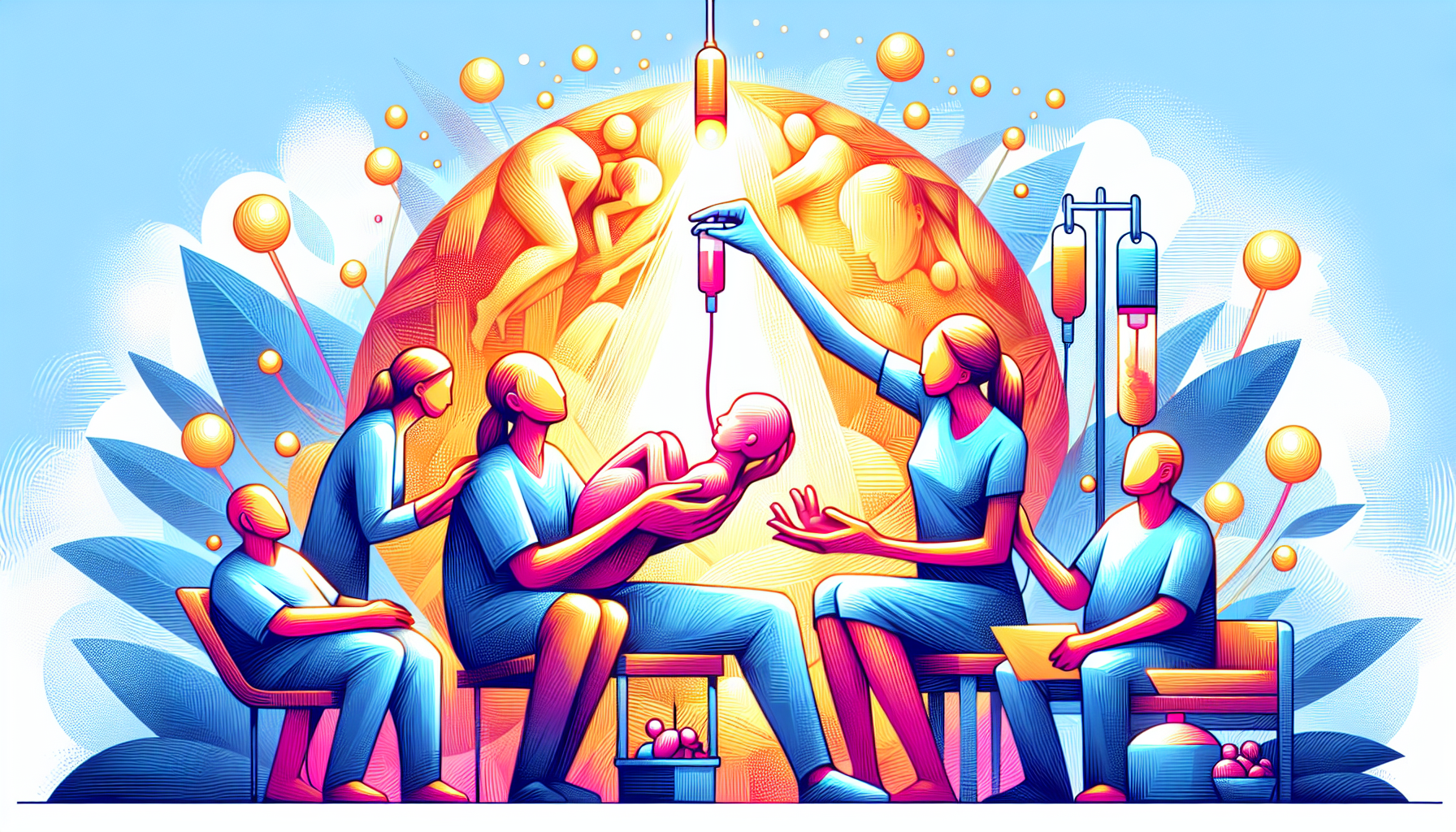Utah Becomes the First State to Let AI Handle Prescription Refills
Utah just made history: it's the first US state to let an AI system renew prescriptions on its own. The program covers people who are already taking medications for [...]
Read More
Medically reviewed by Oghenefejiro Okifo | MD, Harvard Medical School | Henry Ford Hospital - Detroit, MI on July 27th, 2023.
Trichotillomania, also known as hair-pulling disorder or TTM, is a type of impulse control disorder where people have an irresistible urge to pull out their hair, usually from their scalp, eyelashes, and eyebrows. This condition can cause significant distress and lead to noticeable hair loss.
The exact cause of trichotillomania is not known, but researchers believe it may be linked to a combination of factors, including:
Differences in brain structure and function related to impulse control, learning, emotion, and movement
Imbalances in brain chemicals
Genetic predisposition
Stress and anxiety
Boredom
Trichotillomania often starts in childhood or early adolescence, between the ages of 10 and 13. It can affect people of all genders, but adult women are more likely to be diagnosed with the condition.
The main symptom of trichotillomania is the repetitive pulling of one's hair, leading to noticeable hair loss or bald patches. Other signs and symptoms may include:
Feeling tense before pulling hair or when trying to resist the urge
Experiencing relief or satisfaction after pulling hair
Having rituals or routines associated with hair-pulling, such as playing with, inspecting, or eating the pulled hair
Avoiding social situations or activities due to embarrassment or fear of others discovering the hair loss
Experiencing skin irritation, scars, or damage from repetitive pulling

A doctor or mental health professional can diagnose trichotillomania based on a person's symptoms and a thorough evaluation. They may ask questions about the individual's hair-pulling habits, stress levels, and overall mental health. In some cases, a small skin biopsy or microscopic hair examination may be performed to rule out other conditions that can cause hair loss.
Treatment for trichotillomania typically involves a combination of therapy and self-care strategies. The most common treatment approaches include:
Habit reversal training: Learning to recognize the urge to pull hair and replacing it with a less harmful behavior
Cognitive-behavioral therapy (CBT): Identifying and changing thoughts and beliefs that contribute to hair-pulling
Acceptance and commitment therapy (ACT): Practicing acceptance of hair-pulling urges without acting on them
While there are no FDA-approved medications specifically for trichotillomania, some drugs may help control symptoms in certain individuals. These include:
Antidepressants
Atypical antipsychotics
N-acetyl cysteine (NAC), an amino acid supplement
People with trichotillomania can also try various self-care strategies to help manage their symptoms, such as:
Engaging in distracting activities when feeling the urge to pull hair
Developing new routines or rituals to replace hair-pulling
Practicing stress management and mindfulness techniques
Wearing hats, scarves, or protective hairstyles to reduce access to hair
It's essential to work with a mental health professional to develop a personalized treatment plan that addresses your specific needs and goals. With proper support and treatment, many people with trichotillomania can effectively manage their symptoms and improve their quality of life.
For more information on trichotillomania and related conditions, visit:
Early intervention with behavioral therapy produces the best outcomes, as chronic pulling can cause permanent hair follicle damage over time. The combination of professional therapy and practical environmental modifications gives most people significant symptom control. If you're struggling with compulsive hair-pulling or need guidance on treatment options, Doctronic can provide quick, expert answers.
Utah just made history: it's the first US state to let an AI system renew prescriptions on its own. The program covers people who are already taking medications for [...]
Read MoreUnderstanding Mounjaro and Its UsesMounjaro is a prescription medication commonly prescribed for managing type 2 diabetes. It belongs to a class of drugs that help regulate [...]
Read MoreUnderstanding Hydrocortisone Uses and DosagesHydrocortisone is a versatile medication primarily used to reduce inflammation and suppress the immune system in various [...]
Read More